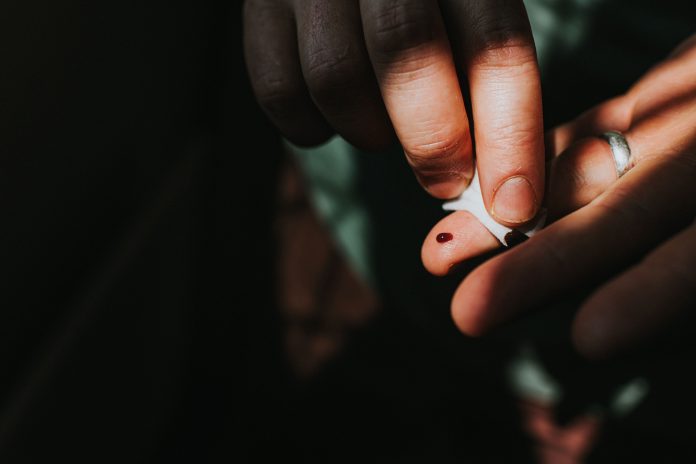
Diabetes rates have doubled worldwide over the last 30 years, according to a new report from the NCD Risk Factor Collaboration (NCD-RisC), with global prevalence rates rising from around 7% to 14%. The team also found that over half of adults with diabetes, mainly in lower- and middle-income countries, weren’t receiving treatment. This is despite the availability of drugs, including generics.
The report was published in The Lancet. NCD-RisC is a global network of health scientists that collects, analyzes, and shares data on risk factors for non-communicable diseases in 200 countries and territories.
According to their analysis, in 2022 an estimated 828 million adults (people aged 18 years and older) had diabetes. That’s an increase of 630 million from 1990. From 1990 to 2022, the prevalence of diabetes among women increased in 131 countries and in 155 countries for men. The largest increases were in low-income and middle-income countries in Southeast Asia (e.g., Malaysia), South Asia (e.g., Pakistan), the Middle East, North Africa (e.g., Egypt), Latin America, and the Caribbean.
The rise in obesity worldwide is thought to be connected to the increase in diabetes. In 2022, more than one billion people in the world were estimated to be living with obesity. Worldwide, obesity among adults more than doubled since 1990, and has quadrupled among children and adolescents (5 to 19 years of age) according to one study.
Another notable finding from the NCD-RisC study is that in 2022, 445 million adults aged 30 years or older with diabetes did not receive treatment. That’s over half (59%) of adults aged 30 years or older with diabetes. This was 3.5 times the number in 1990. On the other hand, diabetes treatment coverage increased in 118 countries for women and 98 countries for men between 1990 and 2022.
The NCD-RisC researchers did not differentiate between type 1 and type 2 diabetes. They used data from 1,108 population-representative studies with 141 million participants aged 18 years and older that included measurements of fasting glucose and glycated hemoglobin (HbA1c), and information on diabetes treatment. The team defined diabetes as having a fasting plasma glucose (FPG) of 7.0 mmol/L or higher, having an HbA1c of 6.5% or higher, or taking medication for diabetes.
If people with diabetes are not given treatment they risk complications, such as amputation, vision loss, and renal failure. Diabetes is also associated with cardiovascular disease, dementia, some cancers, and infections such as tuberculosis and severe COVID-19. Treatment with oral hypoglycemic drugs or insulin, or the newer injectables such as Ozempic, reduces the risk of, and slows progression to, complications.
The authors wrote, “In most countries, especially in low-income and middle-income countries, diabetes treatment has not increased at all or has not increased sufficiently in comparison with the rise in prevalence. The burden of diabetes and untreated diabetes is increasingly borne by low-income and middle-income countries.”
They advised that health insurance and primary health care should be expanded, and these agencies should provide better diabetes detection and treatment programs.





